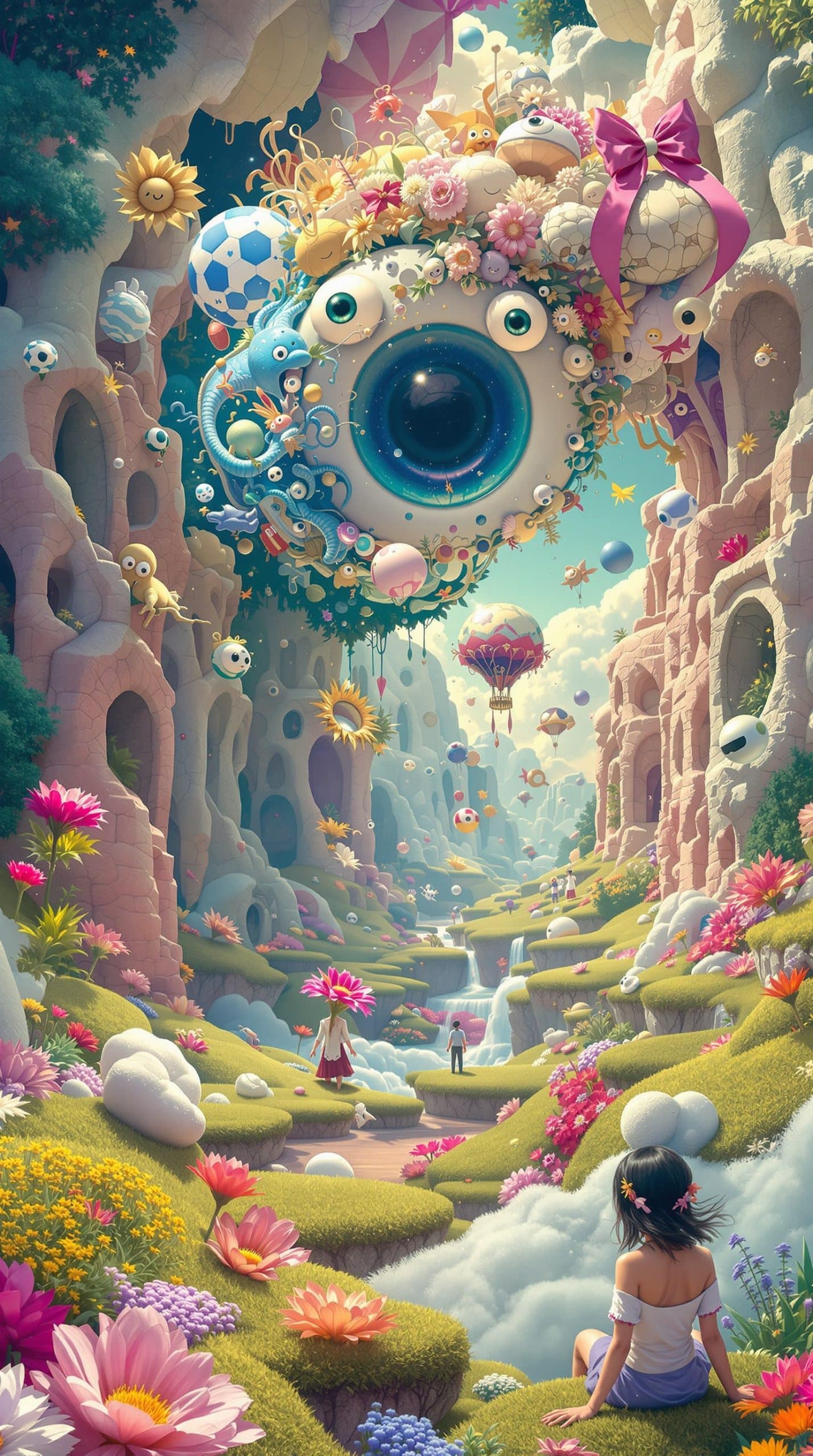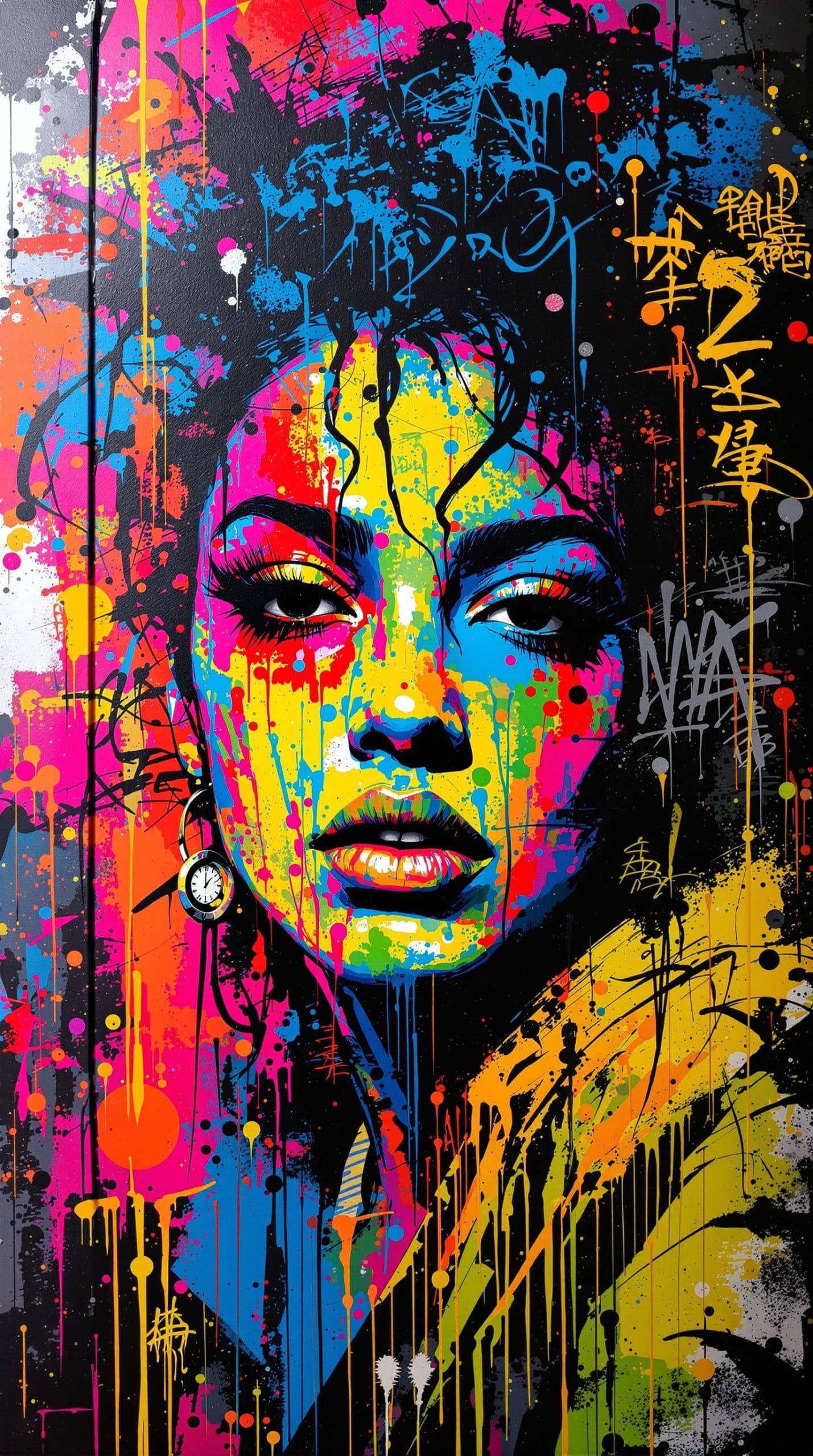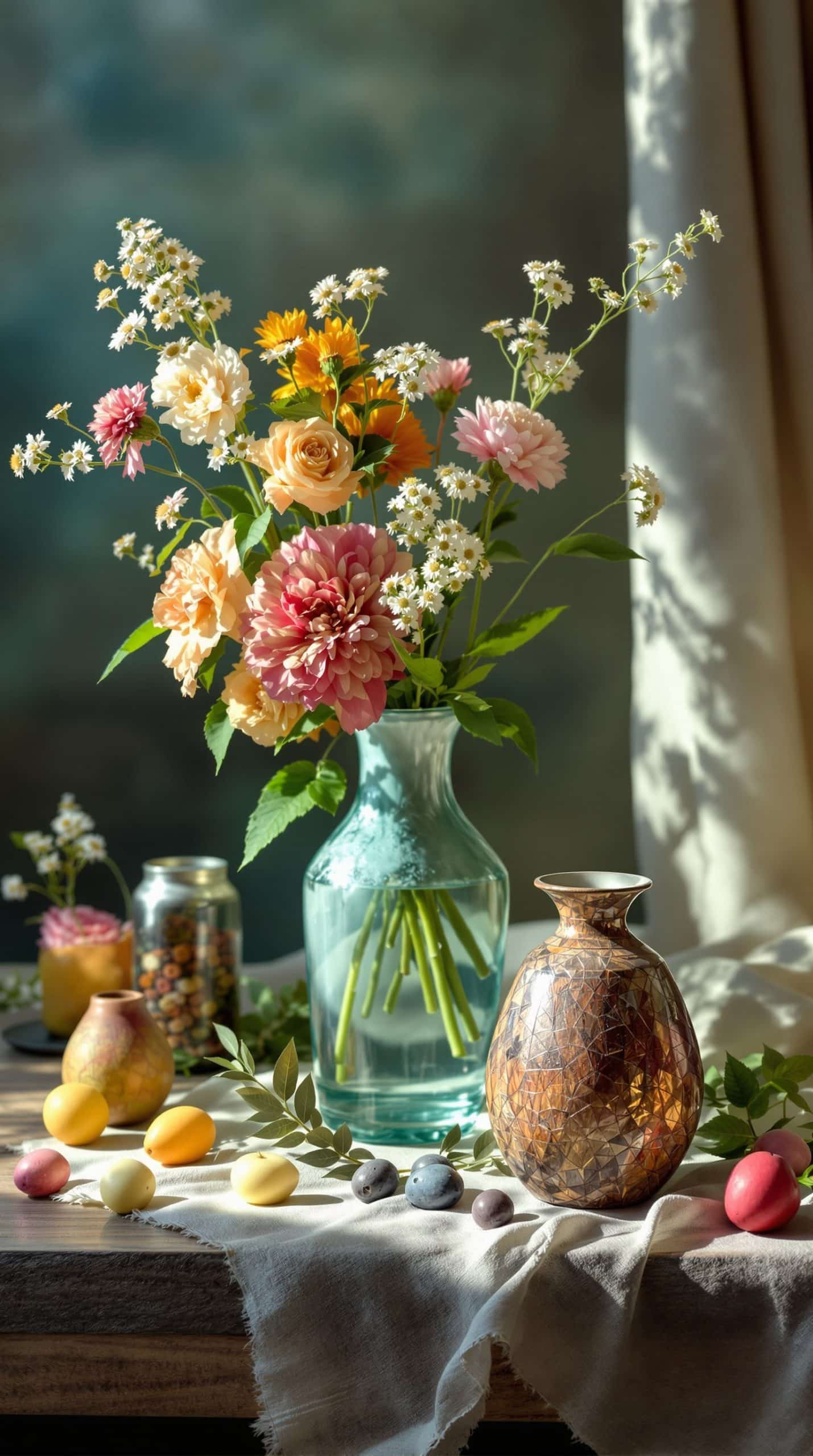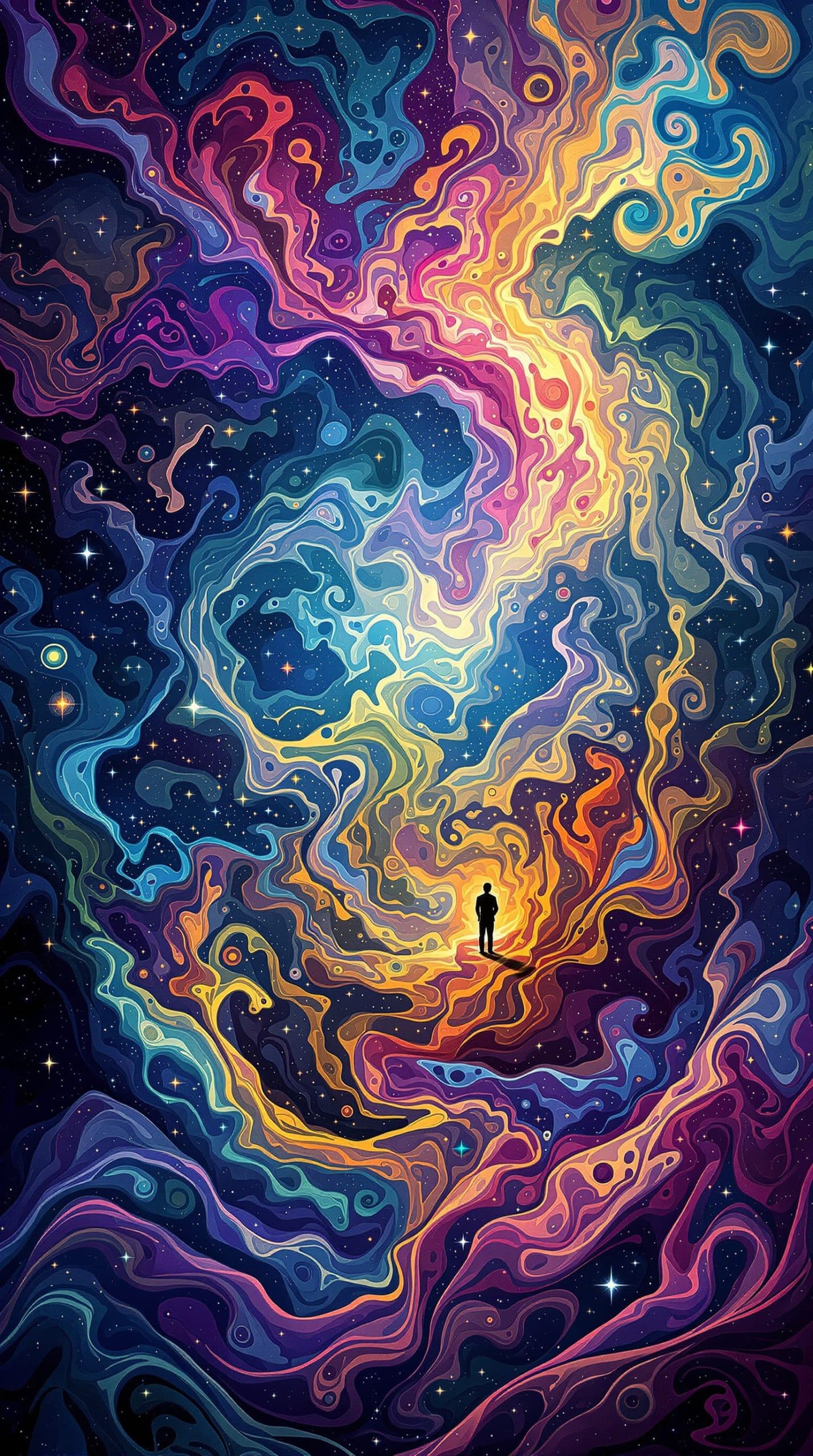Filters
Available Artwork
Other styles of paintings you may like
Origins of White Painting:
The colour white, which symbolises purity and innocence, was one of the first colours to be used in art. The Palaeolithic artists drew bulls and other animals found in the Lascaux cave in France between 17,000-16,000 years ago. These artists incorporated the colour white by using calcite or chalk, which was often used as a background or to highlight, alongside charcoal, red and yellow ochre, in their cave paintings. The cave contains around 6,000 paintings or drawings of figures, including three categories: humans, animals, and abstract signs.
White had a connection with the goddess Isis in ancient Egypt. The priests and priestesses of Isis dressed only in white linen, which was also used to wrap mummies. In ancient Greece, white was considered a fundamental colour, and even according to the Roman author Pling the Elder in his Natural History, Apelles and other painters of ancient Greece used only four colours in their paintings, which also included the colour white. The Greeks used the highly toxic pigment lead white, which is made through a rigorous and lengthy process. Lead was also used in wall and tempera paintings on paper and silk in the early times in both Japan and China.
In Postclassical history art, the white lamb came to symbolise Christ's sacrifice for humanity. John the Baptist referred to Christ as the "Lamb of God," who bore the sins of the world. This white lamb is centrally featured in one of the most renowned Medieval paintings, the "Ghent Altarpiece" by Jan van Eyck.
In the Renaissance era, Leon Battista Alberti, one of the influential humanists and scholars, encouraged artists to mix white with other colours to make them lighter and brighter and to add hilarity and gaiety. This advice was followed by many artists, which made the palette used during the Renaissance more colourful in the shade.
By the 18th century, white had become a shade that symbolised luxury and aristocracy. It also became a dominant colour that dominated the architectural interiors in the Baroque period, especially in the Rococo style. In the 19th century, American painter James McNeill Whistler, who was working concurrently with the French Impressionists, created a series of paintings with musical titles, using colour to evoke moods much like composers use music. His painting, "Symphony in White No. 1 – The White Girl," featured his mistress, Joanna Hiffernan, as the model. In this work, he employed delicate colours to convey innocence, fragility, and a fleeting moment of uncertainty. Additionally, lead white became one of the primary pigments used in European easel paintings. Artists widely adopted it due to its affordable coats and distinctive qualities until the advent of Zinc white. White also appealed to almost all the modernist painters. The Russian Suprematist painter Kazimir Malevich used white in its simplest form in his 1917 painting "The White Square". Piet Mondrian also used it in his famous paintings.










